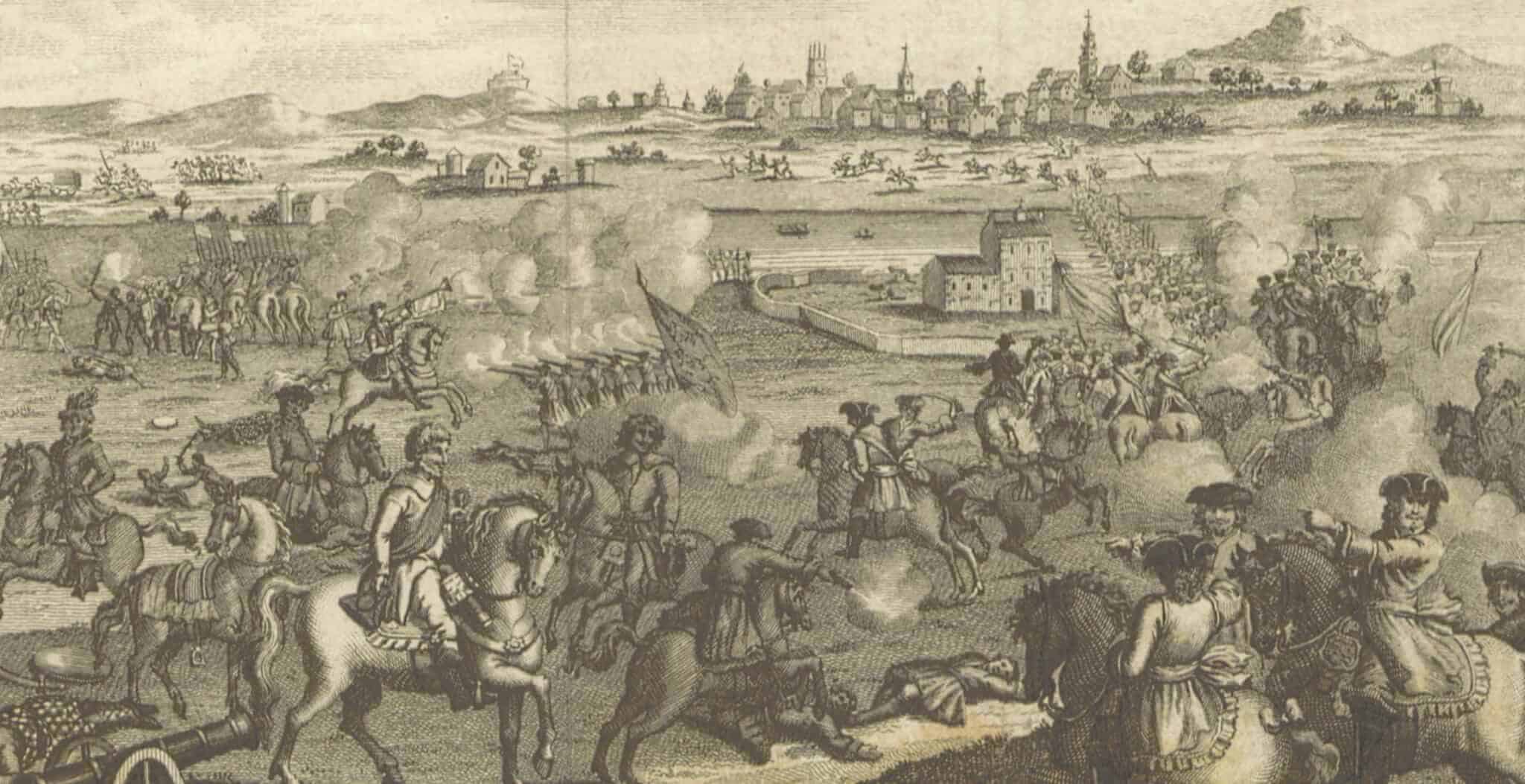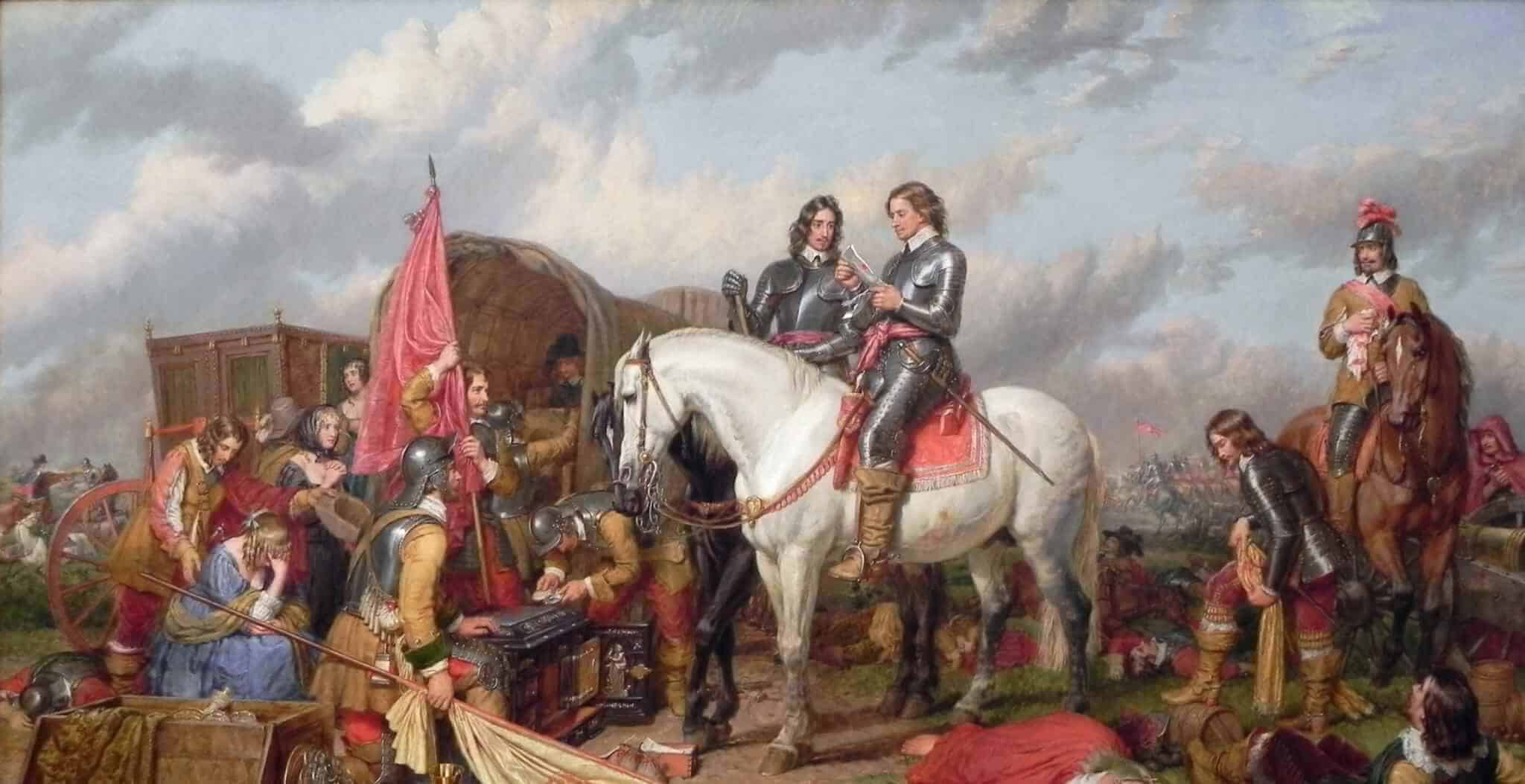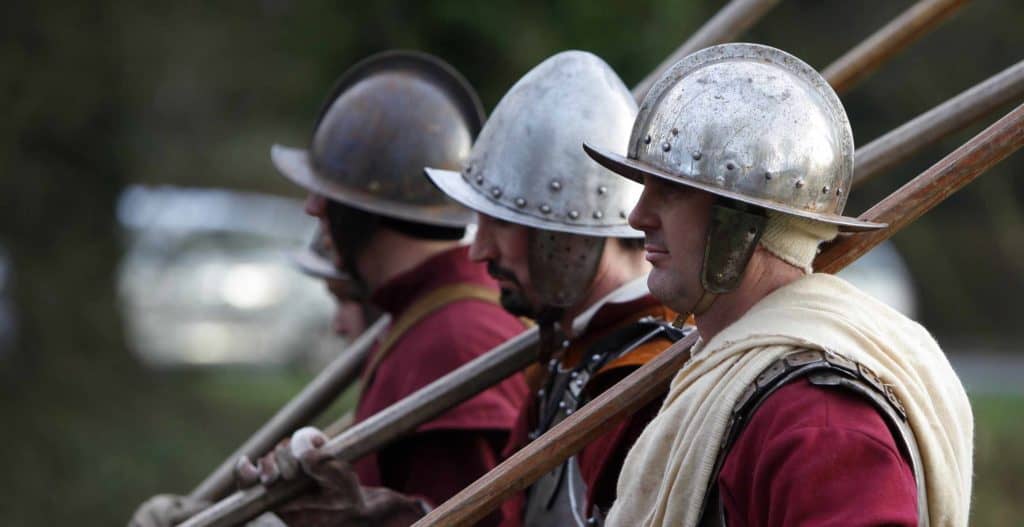The Battle of Worcester which took place on 3rd September 1651 would prove to be the final action of the English Civil Wars.
Charles II, at head of a mainly Scottish army, was attempting to regain the throne that had been lost when his father Charles I was executed.
Support for the king was strongest in Scotland, and the Royalist commander David Leslie had gathered an army of some 14,000 Scotsmen to fight the cause.
Marching south through England the Scottish Royalist army were perceived as an invading foreign force and consequently failed to gather the support expected, so by the time they reached Worcester they were simply overwhelmed by the 28,000 strong New Model Army of Oliver Cromwell.

The battle destroyed any lasting hopes the Royalists may have had of regaining power by the use of military force. Charles escaped into exile in France and the long and bitter Civil War was finally over.
Click here for a Battlefield Map
Key Facts:
Date: 3rd September, 1651
War: Wars of the Three Kingdoms / English Civil War
Location: Worcester, Worcestershire
Belligerents: Royalists, Parliamentarians
Victors: Parliamentarians
Numbers: Royalists around 14,000, Parliamentarians 28,000
Casualties: Royalists around 3,000 killed, Parliamentarians around 200
Commanders: King Charles II (Royalists), Oliver Cromwell (Parliamentarians – pictured below)

Location:







